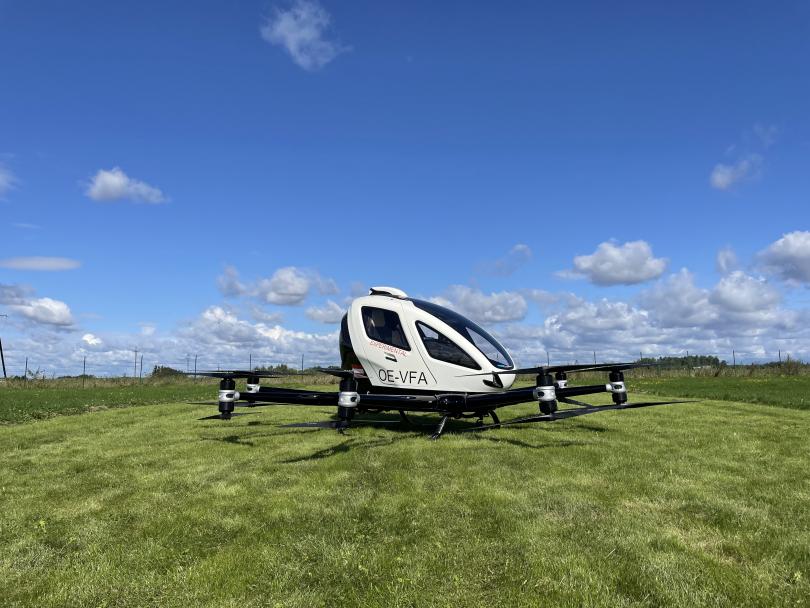First drone test flights for GOF 2.0 to take off in September 2021
The drone market is growing rapidly and unmanned aerial vehicles (UAVs), including air taxis, are the next step in future urban air mobility. The SESAR JU project Gulf of Finland 2.0 (GOF 2.0) focuses on the safe, secure, and sustainable integration of unmanned aerial vehicle and air taxi operations in urban airspace. After eight months of intense preparation work, the first wave of trials will start in Tartu, Estonia, on 2 September 2021 and continue in Finland, Poland, and Austria.

During the trials, GOF 2.0 will use the expertise of 15 scientific and commercial partners from the drone and aviation industry to demonstrate the operational validity of serving unmanned aerial systems and manned operations safely, securely, and sustainably in a unified, dense urban airspace using existing air traffic management and U-space services and systems.
For Urban Air Mobility to become a transportation system it must be integrated with other transportation infrastructure, such as airports, harbours, train/bus terminals, as well as logistics centres. The ability of logistics drones to form a seamless transportation chain in and out of airports is therefore of utmost importance.
The first wave of trials will focus on testing and demonstrating automated parcel delivery drones operating at low level, unexpected Helicopter Emergency Medical Services (HEMS) flights, drone surveillance flights in urban area, entry and exit of various scale drones in defined airspaces, cross-border operations in U-space corridors with mixed electrical vertical take-off and landing (eVTOL), and drone traffic without degrading safety and following air traffic rules.
“The GOF2.0 project will demonstrate the operational validity of combining ATM/U-space services and systems and creating a shared interoperable infrastructure for both manned and unmanned aviation, especially in dense urban environments. The provision of timely, relevant and accurate digital information to all airspace users on a system-wide basis will enable safe and secure management of unified airspace without segregation”, explains Maria Tamm, Project Manager at EANS. “The outcomes from the GOF2.0 demonstrations will provide a unique opportunity for all stakeholders to gain a better understanding of the current possibilities and challenges when implementing U-space, advancing urban air mobility and moving towards smart and sustainable aviation.”
The key lessons will be an important enabler for the further development of the drone market and will deliver the technical components (services, software, competencies, practices) required to cost-efficiently operate autonomous and semi-autonomous drones beyond visual line of sight in shared airspace.
GOF 2.0 is managed by the SESAR Joint Undertaking in an effort to deliver solutions for U-space, the European Commission's initiative on the safe and secure integration of drones in European airspace. The project has received funding from the SESAR Joint Undertaking under the European Union's Horizon 2020 research and innovation programme under grant agreement No 101017689. For more detailed information, also visit the project website: www.gof2.eu